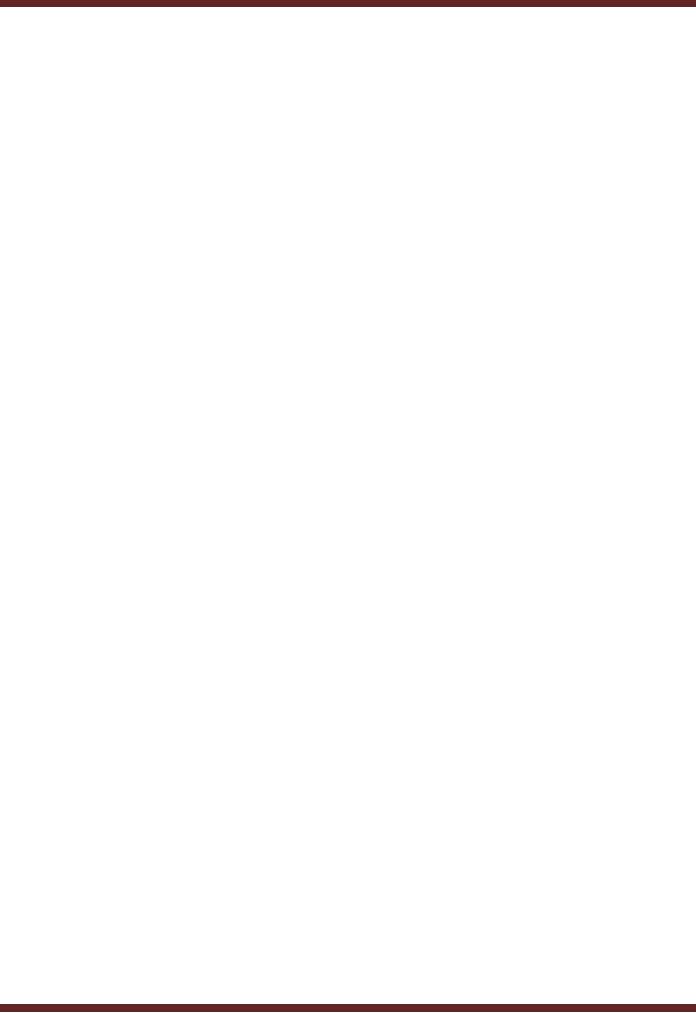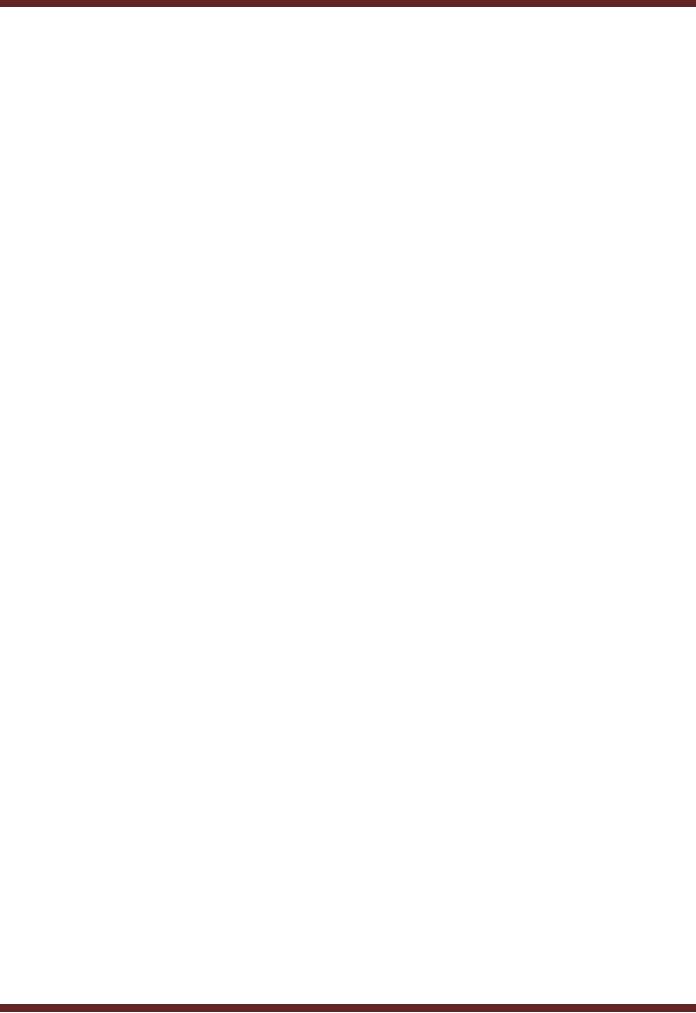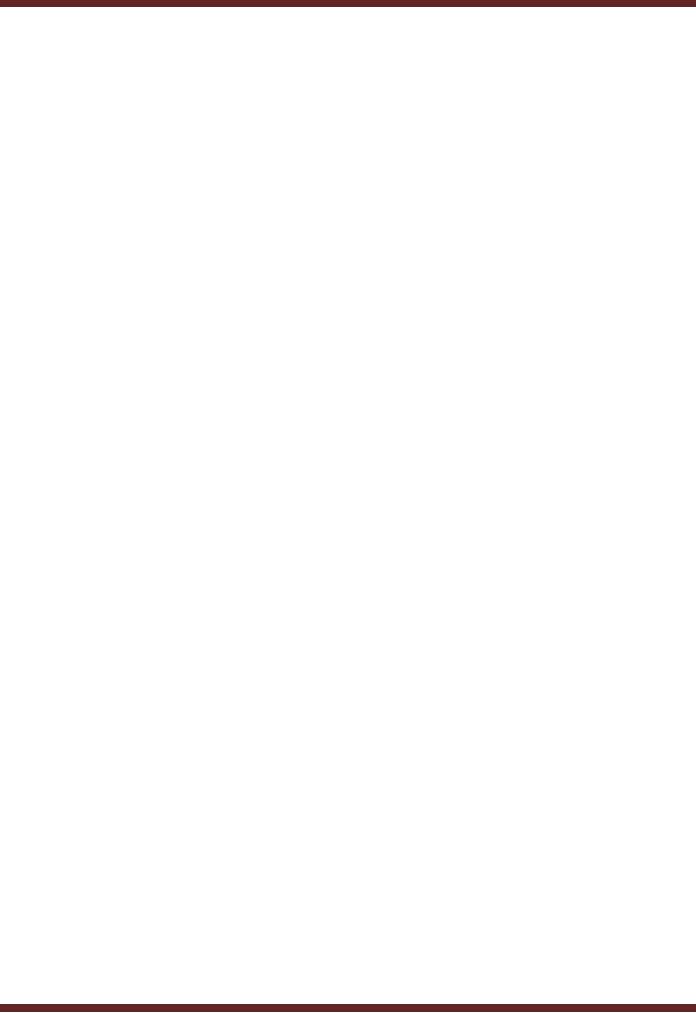 |

VU
Information
System (CS507)
LESSON
7
Types of
Systems
7.1
What are Systems?
A
system is a group of elements
that are integrated with the common
purpose of achieving an objective.
Example
Purchase
& Sales System
7.2
Components of a system
Following
are the important components of the
system.
�
Input
elements
Raw
Data input to the computer system
�
Process
Computation,
analysis, application of any
model
�
Output
elements
Results
of computation or analysis
�
Control
mechanism
Comparison
of actual with
expected
�
Feedback
system
Corrective
action
�
Objectives
Expected/Ideal
output
7.3
Types of Systems
7.3.1
Open-Loop System
The
determinant factor is in an open loop
system is that the information
from the system not used
for
control
purpose. This is done by using the
output to generate feed back
for control purposes.
�
The
output is not coupled to the input
for measurement.
�
Hence
the components of open loop system do
not include control and
feedback mechanism due
to
non-existence
of internally defined objectives.
That is,
o Input
o Process
o Output
Example
An
information system that automatically
generates report on regular
basis and are not
used to monitor
input
or activities.
7.3.2
Closed Loop
System
�
Is a
system where part of the
output is fed back to the
system to initiate control to
change
Either
the activities of the system or input of the
system
�
Has
the ability to control the output
due to existence of
20

VU
Information
System (CS507)
�
Control
Mechanism
�
Feedback
System
�
Objectives
Example
Budgetary
control system in a company by
which
o The
results are communicated
through feedback
system
o Results
are compared with the
objectives/budget through controls
mechanism
7.3.3 Open
Systems
�
A
system that is connected to
its environment by means of
resource flows is called an open
system.
�
The
environment exerts influence on the
system and the system also
influences the environment.
Example
�
Business
is a system where management
decisions are influenced by or have an
influence on suppliers,
customers,
society as a whole.
�
Computerized
system of a manufacturing entity, that
takes influence from the
society.
7.3.4
Closed Systems
�
A
system that is not connected
with its environment
�
Neither
environment exerts any influence on the
system nor does system
influence the environment.
Examples
�
An
information system designed to
control data in a research
laboratory is a closed
system.
�
An
information system designed to
record highly sensitive
information is a closed system so
as
�
To
accept no input for
amendment
�
To give no
output for disclosure
Objective
of Having Systems
�
To
subject a predefined amount of input (tangible,
intangible) to predefined set of instructions in
order
to
achieve an expected quality
and amount of output.
�
Effective
and efficient utilization of
resources
7.4
Level of Planning
There
are three levels
�
Strategic
�
Tactical
/ Functional
�
Operational
21

VU
Information
System (CS507)
Strategic
Planning
Is the
formulation, evaluation and selection of
strategies for the purpose of preparing a
long-term plan of
action to attain
objectives.
Tactical/Functional
Planning
Is the
process by which managers
assure the resources are obtained
and used effectively and
efficiently in
the
accomplishment of the organization's
objectives?
Operational
Planning
It is the
process of assuring that the
specific tasks are being
carried out efficiently and
effectively.
�
Functional
Strategic Planning
Commitment by
Firm's executives requires strategic
planning for the following
functional areas.
o Manufacturing
resources
o Financial
resources
o Human
resources
o Marketing
Resources
o Information
Resources
7.5
Strategic Planning for
Information Resources
(SPIR)
When a
firm embraces SPIR the
strategic plans for
information services and the
firm are developed
concurrently.
Business strategy and IT
related strategy should go hand in hand.
The IT related
strategy
should be
driven by business strategy
and the former should support the
achievement what's being
mentioned in the
latter. Any inconsistencies or deviations
between the two should be removed
and avoided.
The
investment in IT is costly and
inflexible. Such investment is also
monitored and controlled by the
IT
strategy.
Hence any investment not supporting the
business strategy would be
futile.
Example
Business
strategy
Modify
inventory system to fulfill
orders quickly through relocating
system to warehouse and
efficient
shelf
picking.
IS
strategy
To
identify information resources
needed for the successful
implementation of business
strategy.
Information
Value Chain
Raw
information is transformed at various
points and value is added
before passing onwards. Every
step of
processing
should make the information stored
more valuable.
Example
When
customer order received,
data punched into
computerized system, which
updates order list,
customer
records
and store room records.
When order has been
served, customer orders are
filed into records.
22
Table of Contents:
- Need for information, Sources of Information: Primary, Secondary, Tertiary Sources
- Data vs. Information, Information Quality Checklist
- Size of the Organization and Information Requirements
- Hierarchical organization, Organizational Structure, Culture of the Organization
- Elements of Environment: Legal, Economic, Social, Technological, Corporate social responsibility, Ethics
- Manual Vs Computerised Information Systems, Emerging Digital Firms
- Open-Loop System, Closed Loop System, Open Systems, Closed Systems, Level of Planning
- Components of a system, Types of Systems, Attributes of an IS/CBIS
- Infrastructure: Transaction Processing System, Management Information System
- Support Systems: Office Automation Systems, Decision Support Systems, Types of DSS
- Data Mart: Online Analytical Processing (OLAP), Types of Models Used in DSS
- Organizational Information Systems, Marketing Information Systems, Key CRM Tasks
- Manufacturing Information System, Inventory Sub System, Production Sub System, Quality Sub system
- Accounting & Financial Information Systems, Human Resource Information Systems
- Decision Making: Types of Problems, Type of Decisions
- Phases of decision-making: Intelligence Phase, Design Phase, Choice Phase, Implementation Phase
- Planning for System Development: Models Used for and Types of System Development Life-Cycle
- Project lifecycle vs. SDLC, Costs of Proposed System, Classic lifecycle Model
- Entity Relationship Diagram (ERD), Design of the information flow, data base, User Interface
- Incremental Model: Evaluation, Incremental vs. Iterative
- Spiral Model: Determine Objectives, Alternatives and Constraints, Prototyping
- System Analysis: Systems Analyst, System Design, Designing user interface
- System Analysis & Design Methods, Structured Analysis and Design, Flow Chart
- Symbols used for flow charts: Good Practices, Data Flow Diagram
- Rules for DFD’s: Entity Relationship Diagram
- Symbols: Object-Orientation, Object Oriented Analysis
- Object Oriented Analysis and Design: Object, Classes, Inheritance, Encapsulation, Polymorphism
- Critical Success Factors (CSF): CSF vs. Key Performance Indicator, Centralized vs. Distributed Processing
- Security of Information System: Security Issues, Objective, Scope, Policy, Program
- Threat Identification: Types of Threats, Control Analysis, Impact analysis, Occurrence of threat
- Control Adjustment: cost effective Security, Roles & Responsibility, Report Preparation
- Physical vs. Logical access, Viruses, Sources of Transmissions, Technical controls
- Antivirus software: Scanners, Active monitors, Behavior blockers, Logical intrusion, Best Password practices, Firewall
- Types of Controls: Access Controls, Cryptography, Biometrics
- Audit trails and logs: Audit trails and types of errors, IS audit, Parameters of IS audit
- Risk Management: Phases, focal Point, System Characterization, Vulnerability Assessment
- Control Analysis: Likelihood Determination, Impact Analysis, Risk Determination, Results Documentation
- Risk Management: Business Continuity Planning, Components, Phases of BCP, Business Impact Analysis (BIA)
- Web Security: Passive attacks, Active Attacks, Methods to avoid internet attacks
- Internet Security Controls, Firewall Security SystemsIntrusion Detection Systems, Components of IDS, Digital Certificates
- Commerce vs. E-Business, Business to Consumer (B2C), Electronic Data Interchange (EDI), E-Government
- Supply Chain Management: Integrating systems, Methods, Using SCM Software
- Using ERP Software, Evolution of ERP, Business Objectives and IT
- ERP & E-commerce, ERP & CRM, ERP– Ownership and sponsor ship
- Ethics in IS: Threats to Privacy, Electronic Surveillance, Data Profiling, TRIPS, Workplace Monitoring